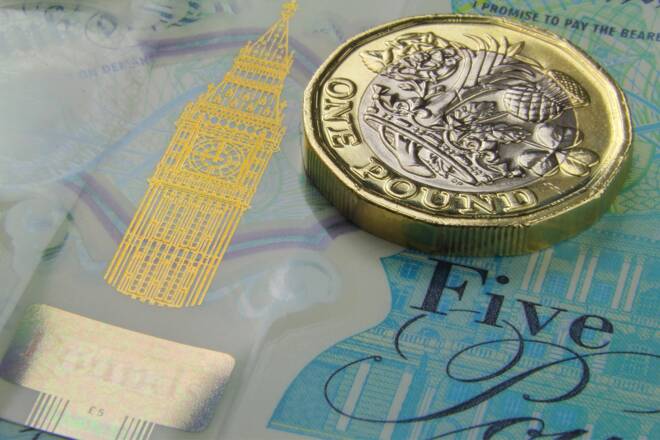Advertisement
Advertisement
GBP to USD Forecast: The Bank of England Takes Center Stage
By:
GBP/USD analysis: Bank of England's pivotal decision and US labor market focus in the spotlight.
Highlights
- The GBP/USD slipped by 0.01% on Wednesday, ending the session at $1.21512.
- On Thursday, the Bank of England will be in the spotlight, with the markets expecting interest rates to remain at 5.25%.
- US labor market figures also need consideration.
The Wednesday GBP/USD Overview
On Wednesday, the GBP/USD slipped by 0.01%. Following a 0.14% decline on Tuesday, the GBP/USD pair ended the session at $1.21512. The GBP to USD fell to a low of $1.20956 before rising to a Wednesday high of $1.21643.
The Bank of England in the Spotlight
On Thursday, the Bank of England will deliver its penultimate monetary policy decision of the year. Recent economic indicators have raised bets on the Bank of England holding interest rates unchanged.
Softer wage growth, a slump in consumer spending, and a contraction across the services sector sent recessionary signals. However, UK inflation remained sticky in September, leaving an interest rate hike on the table.
Economists expect the 6 to 3 vote count in favor of leaving interest rates unchanged at 5.25%. A deviation in the vote count and the MPC meeting minutes will influence the GBP/USD pair. Dovish sentiment toward the UK economic outlook and softer inflation forecasts would pressure the Pound.
US Labor Market Remains in Focus
On Thursday, the US labor market will be in focus. Initial jobless claims, unit labor costs, and nonfarm productivity will draw investor attention. Fed Chair Powell discussed the need for softer labor market conditions on Wednesday. Tighter labor market conditions and higher-than-expected unit labor costs could refuel bets on a December Fed rate hike.
Firms pass higher staffing costs onto consumers, driving consumer prices higher. Higher interest rates would increase borrowing costs, forcing firms to cut costs to maintain profit margins. As a result, staffing levels and wages become focal points in cost-cutting exercises, which may ease inflationary pressures.
Other stats include US factory orders. However, these will likely play second fiddle to the labor market numbers.
Short-Term Forecast
Near-term GBP/USD trends will hinge on the Bank of England’s outlook for interest rates and the US Jobs Report. A dovish Bank of England and a hotter-than-expected US Jobs Report could tilt monetary policy divergence toward the US dollar.
GBP to USD Price Action
Daily Chart
The GBP/USD pair sat below the 50-day and 200-day EMAs, affirming bearish price signals.
A GBP/USD break below the $1.21216 support level would give the bears a run at the $1.18388 support level. A dovish BoE would pressure the GBP/USD.
However, a return to $1.22 would give the bulls a run at the 50-day EMA and $1.23. Weaker-than-expected US labor market indicators and a hawkish Bank of England would drive buyer demand for the Pound.
The 14-period daily RSI reading of 48.24 suggests a GBP/USD fall through the $1.21216 support level before entering oversold territory.
4-Hourly Chart
The GBP/USD sits above the 50-day EMA while remaining below the 200-day EMA, sending bullish near-term but bearish longer-term price signals.
A GBP/USD break above the 200-day EMA would support a return to $1.23.
However, a fall through the 50-day EMA and the $1.21216 support level would bring sub-$1.20 into play.
With an RSI reading of 60.15 for the 14-period 4-hourly Chart, the GBP/USD must break above the 200-day EMA before entering overbought territory.
About the Author
Bob Masonauthor
With over 28 years of experience in the financial industry, Bob has worked with various global rating agencies and multinational banks. Currently he is covering currencies, commodities, alternative asset classes and global equities, focusing mostly on European and Asian markets.
Advertisement
